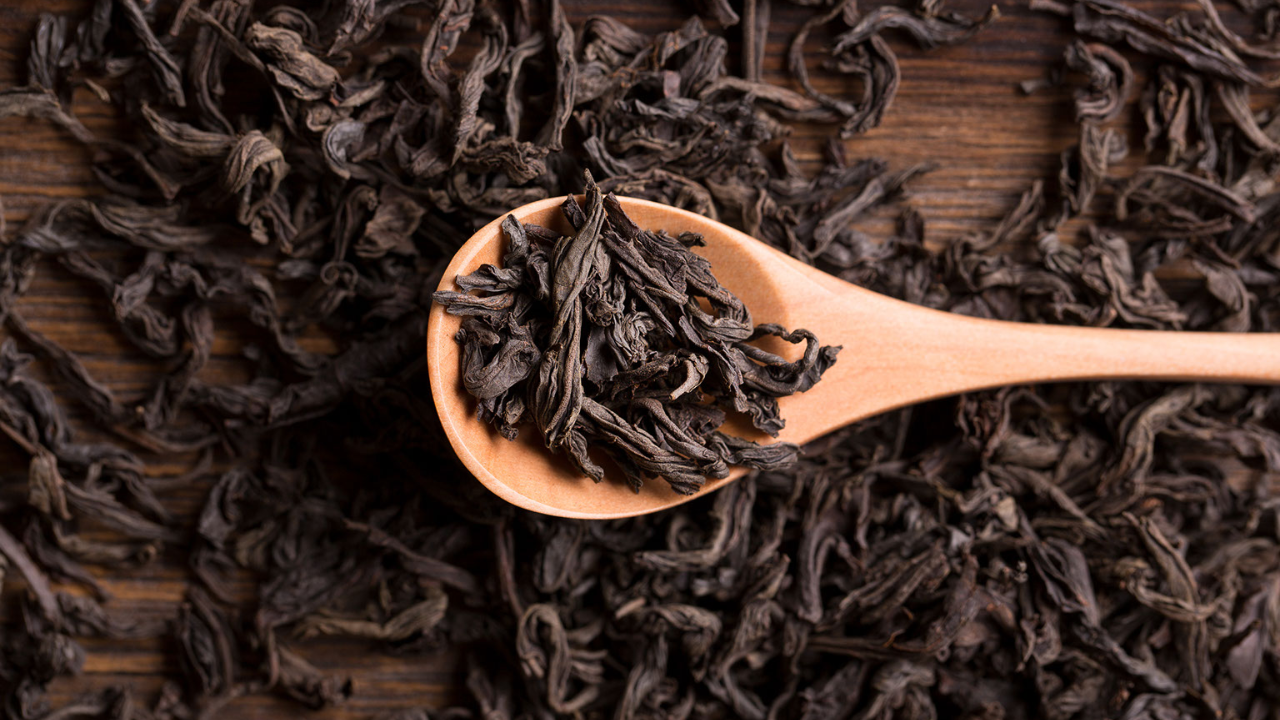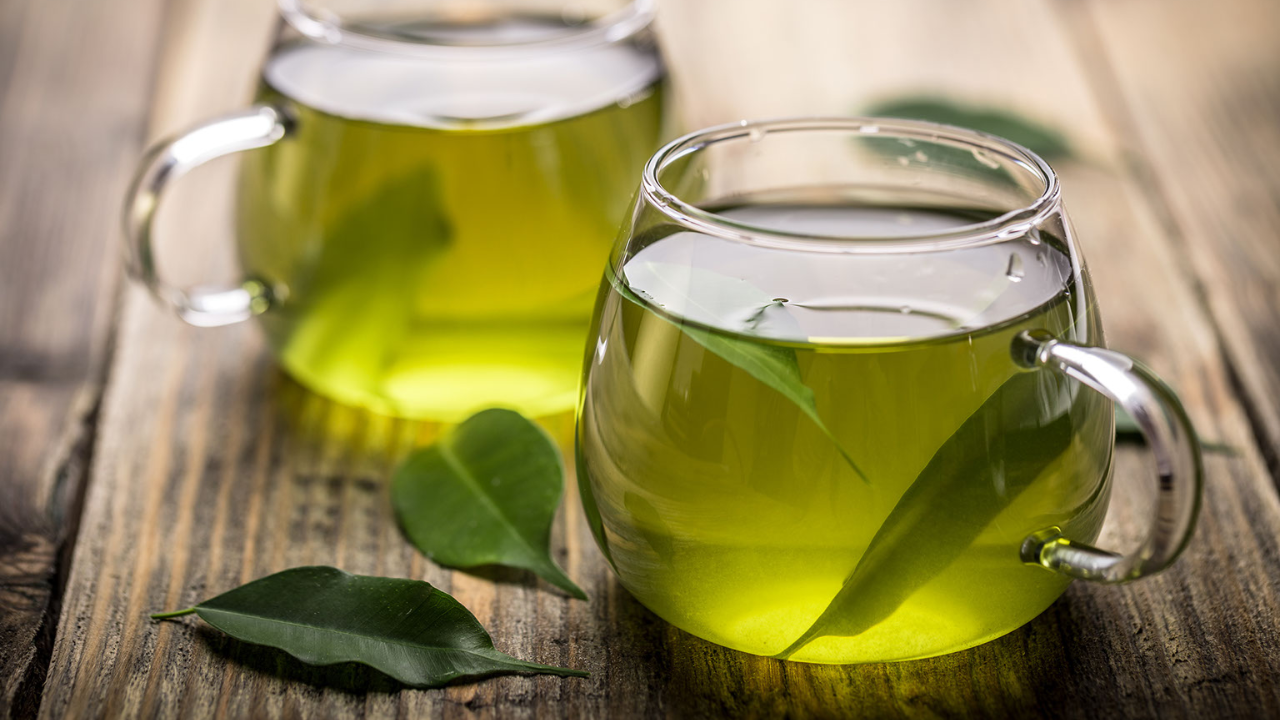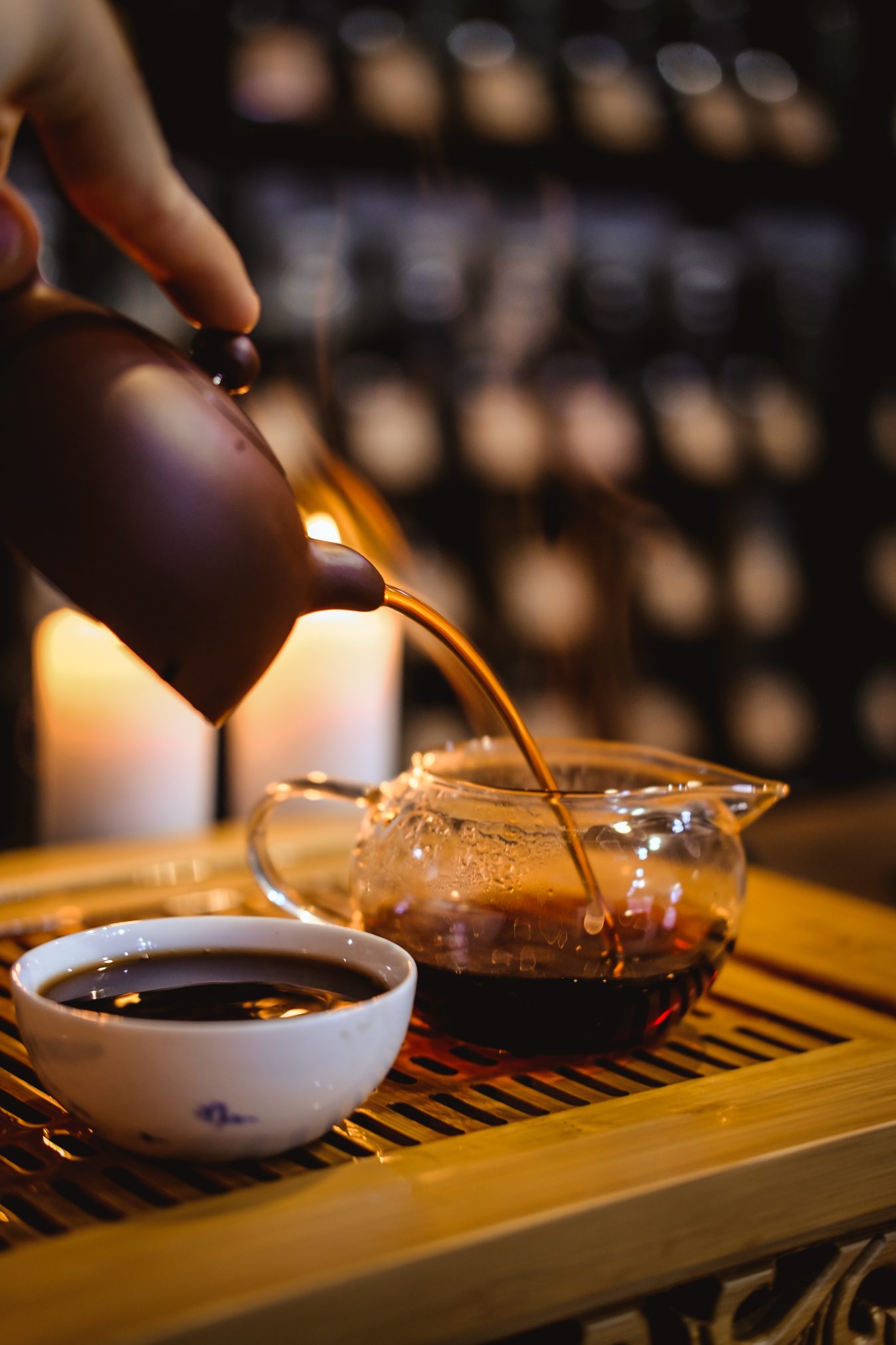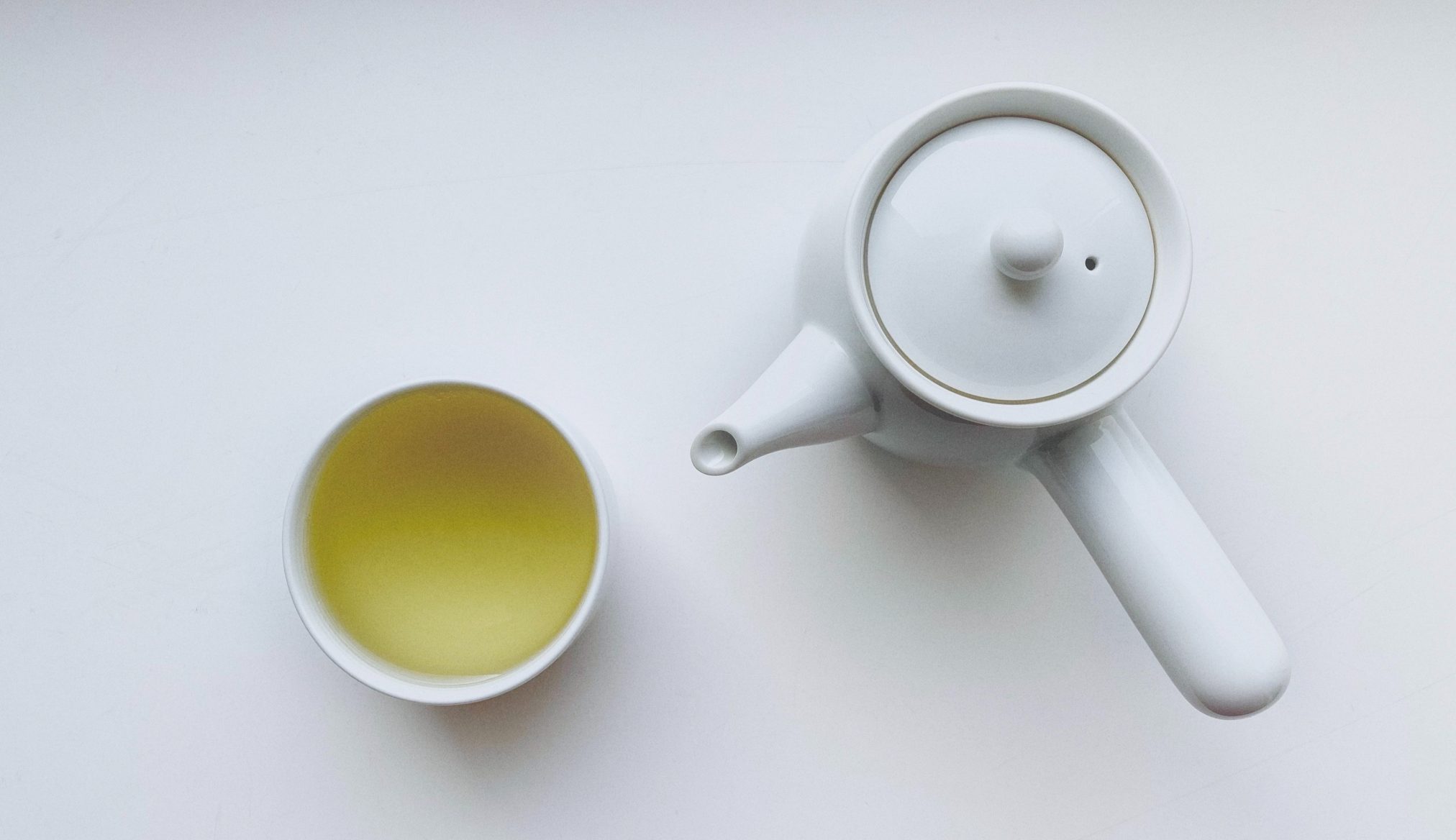Often viewed as the preserve of the English, tea is actually enjoyed around the world and in many different guises. Its history dates back thousands of years in China where it is said to have originated during the Shang dynasty (16th to 11th centuries BC). COLUMBIA signature is well-versed in the art of tea drinking, so we thought we would share some of our knowledge about the drink and its many health benefits.
Having become an integral part of Chinese culture, tea started to spread to other parts of the world through trade and cultural exchange and was adopted by the Japanese and many European explorers. However, with the establishing of The British East India Company, tea started to be widely transported from China to England and tea began to be planted in India as well to meet demand.
Types of Tea
Traditional tea comes in a variety of main types: black, green, oolong, and white. In addition there are many herbal varieties.
Black tea is the most commonly consumed type of tea worldwide.

The oxidation process that it undergoes means the tea leaves are exposed to the air causing them to turn dark and rich in flavour. Popular varieties of black tea include Assam, Darjeeling, Earl Grey and English Breakfast, all of which share a bold, robust and malty flavour, although with individual differences. Brew black tea with boiling water and steep for three to five minutes.
Green Tea, in contrast, is made from unoxidised leaves, preserving its natural green colour and giving a fresher flavour which can be grassy, vegetal or floral and sweet depending on the specific type of green tea.

Commonly drunk are Sencha, Matcha and gunpowder. Green tea should be brewed with water just below boiling point and should only be steeped for two to three minutes.
Oolong tea falls in the middle of green and black tea as it is partially oxidised with the result that its flavour ranges from floral and fruity to creamy and toasty. This is the tea that is frequently associated with the traditional Chinese tea ceremony. Varieties include Tie guan Yin and Da Hong Pao. Brew this tea at a slightly hotter temperature than green tea but steeping for a similar two to three minutes.

White tea is made from young leaves and buds and is the least processed. It has a delicate, subtle flavour and natural sweetness.

Popular varieties are Silver Needle and White Peony, both of which should be treated the same as green tea.
Unlike traditional teas, herbal infusions are made from various herbs, fruits, flowers and spices – amongst the most common are chamomile, peppermint, rooibos and hibiscus but there are no end of options available.
The Many Health Benefits
We don’t only drink tea for it’s great taste – it also has an array of health benefits. For example, black tea is great for reducing stress, promoting relaxation and aiding digestion, making it a great choice for after a meal. Green tea has high antioxidant levels and is associated with improved heart health and boosting the body’s defences again free radicals. Oolong tea may help reduce the risk of chronic diseases and improve bone health, while white tea has high anti-inflammatory properties and may help lower blood pressure. Finally, herbal teas have a range of health benefits depending on the specific herbs used. For instance peppermint is known to soothe upset stomachs and may also alleviate bloating while chamomile is known for its calming and soothing effects.
With so many options to choose from, there are teas to suit almost every taste. Experiment with brewing times and water ratios to find your perfect brew, then sit and enjoy.



